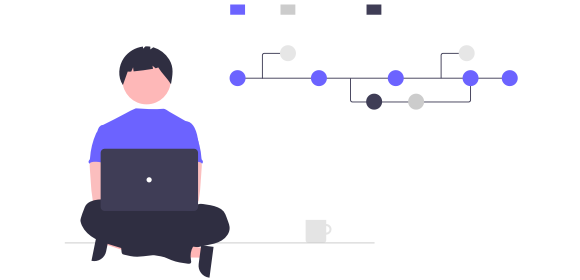How to Integrate Zapier with Transcribe

How to integrate Zapier with Transcribe
Zapier is a tool that connects your favorite apps and online tools and automates tasks between them - without the need for coding skills. Zapier works with Transcribe by automating the transcription of audio and video files - and the distribution of them once they're ready.
Essentially, you set up what are known as Zaps, which are automated workflows that connect Transcribe with other apps you use.
Here's how it typically works:
-
Trigger setup: You begin by setting up a trigger in Zapier - a specific event that initiates the Zap. For instance, this could be the arrival of a new audio file in your Gmail.
-
Transcription: Once the trigger event occurs, Zapier automatically forwards the audio or video file to Transcribe. Transcribe processes the file, converting the spoken content into written text.
-
Output actions: After the transcription is complete, the text file can then be sent to another app, such as Dropbox or Google Drive, or even emailed directly to you.
This process eliminates the need for manual file handling, saving you time and making your transcription workflows more efficient.
How to use Zapier with Transcribe
With the Transcribe app, there are two main ways to use Zapier:
1. Triggering transcription when you receive an audio file: This involves setting up a Zap that triggers when you receive a new audio or video file. For example, you could create a Zap that triggers when an audio file is received via email or uploaded to a cloud storage service like Dropbox or Google Drive. This Zap could automatically forward the file to Transcribe and start the transcription process.
2. Triggering distribution when transcription is finished: Once the transcription is completed, another Zap can take over to distribute the transcript. This might involve sending the text document to Dropbox or emailing it to a specified recipient's Gmail account.
How to connect Zapier to Transcribe
1. Register with Zapier
2. Connect with Transcribe
Tap to create a Zap, search for Transcribe, and select the Transcribe app
3. Create a Zap
In the App & event tab, click the Event dropdown to create a Zap. Choose from Transcribe Audio and Transcription Finished.
For example:
Trigger: Transcription finished
Action: Transcript is sent via email in Gmail to your Google Drive
Trigger: New attachment in Gmail
Action: Transcribe audio in Transcribe
4. Input your invite code
In the Account tab you'll be asked to input a code to connect to Transcribe. To find this code, visit Transcribe.com on a web browser, navigate to your settings, and the code is at the bottom of the page
5. Complete the information about your Action or Trigger
For the "Transcribe Audio" automation:
In the Action tab, enter the audio language, the filename Zapier should look out for, and the file Zapier should look out for (this should be populated with the file output from the previous step, such as Gmail).
For the "Transcription Finished" automation:
In the Trigger tab, enter your preferred transcription format, and whether you want the transcript to include timestamps and speaker separation.
6. Test and publish
Once that's done, you can test the action or trigger before publishing it
For a more detailed breakdown of each automation type, check out our guides on:
Popular automations for Transcribe
-
Transcribe new Google Drive audio files with Transcribe once uploaded to a folder
-
Send emails in Gmail when transcriptions are finished in Transcribe
-
Transcribe new audio file attachments from Gmail using Transcribe
-
Upload completed Transcribe transcriptions to Google Drive as new files
Follow this link to quickly create popular Zaps: https://zapier.com/apps/transcribecom/integrations
Notes
-
Zapier automatically handles the file transfers when a Zap is triggered - no need for manual file handling. This is what automation is all about. For instance, if you need to transcribe a file from a service like Gmail, you just set up a trigger in Zapier that automatically retrieves the file from Gmail.
-
There are many triggers available on Zapier, but for now, we're just focusing on file exchange triggers and actions.
-
When you add Transcribe in Zapier, you'll see a field labeled "file" in the data list. This doesn't represent a specific audio or video file. Instead, it indicates which field from the previous trigger contains the real file to be used.